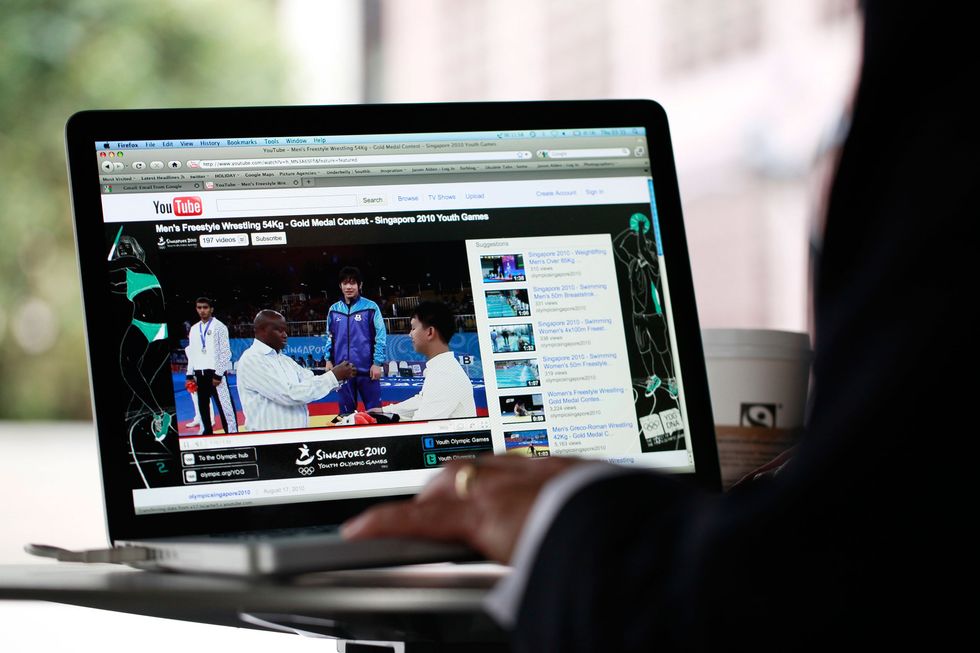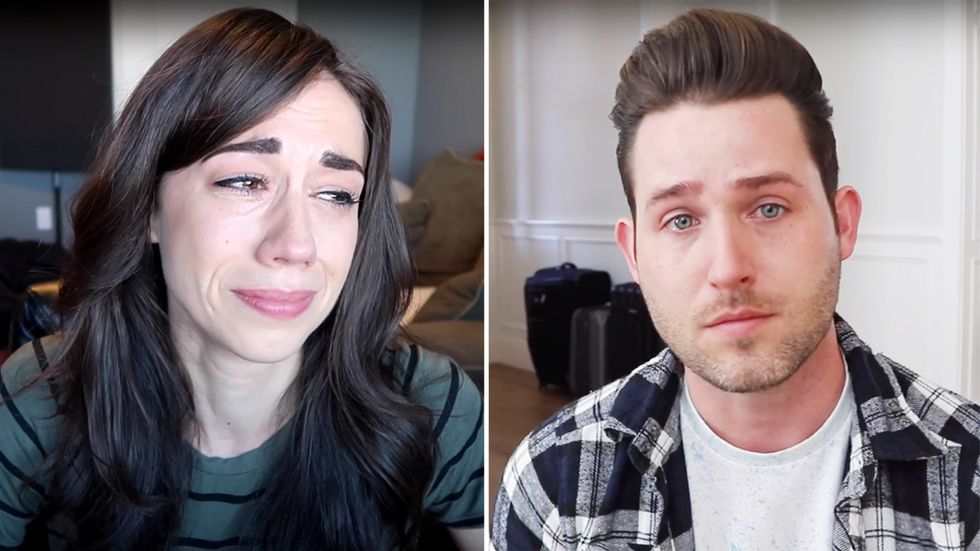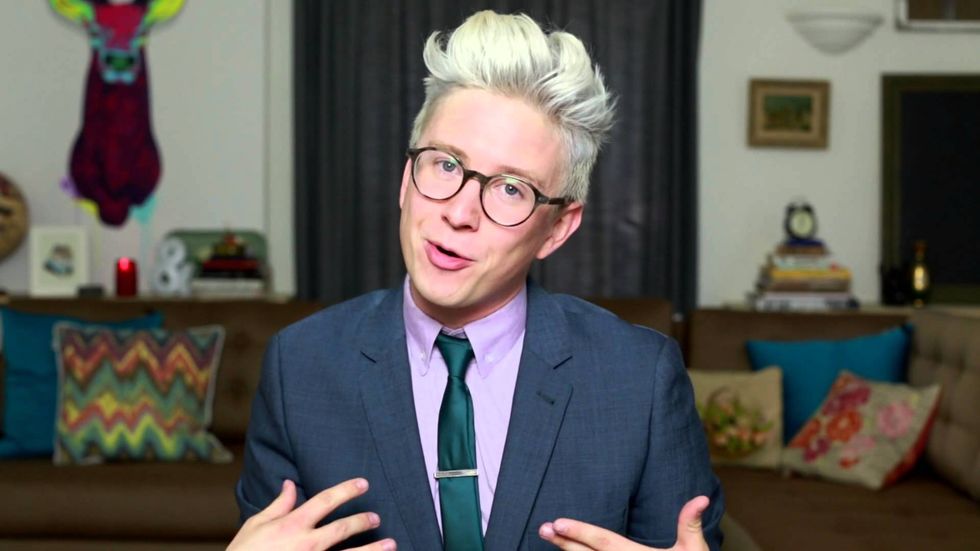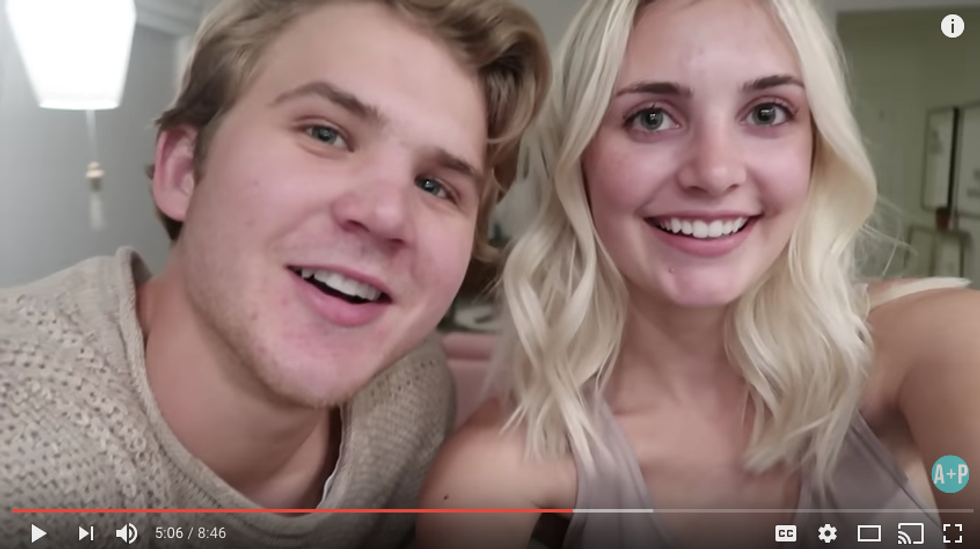When it comes to the Internet, most people have heard of Google, Wikipedia, Facebook, and YouTube. These tend to be the first websites that come to mind, and a lot of people are familiar with each of their interfaces. Millennials, especially, are experts when it comes to social media and Internet usage, and their experience with technology is very different from others. Millennials, or Generation Y, grew up as technology grew up, so to speak. Many of the most popular websites and social media platforms were developed sometime between middle school and college for millennials, and this made them a part of daily living. It was a different experience than those before and after Gen Y.
While the hype around the birth of websites such as Facebook and MySpace was monumental, YouTube was a very different experience, especially for the millennial generation. YouTube debuted in early 2005, as one of the first video hosting websites and soon became a worldwide sensation. The website allowed users to upload, watch, and interact with videos. Videos range from simple home movies to web shows and vlogs (which is a video version of a blog). Millennials grew up as many of the proclaimed YouTube “stars” emerged, and as users began to subscribe to different channels, YouTube viewership went up significantly.
The relationship that millennials have with YouTube is very different from the relationship many other generations have with the video sharing website. For many, people started subscribing, or following, different users at the very beginning of their stardom, and watched them rise to fame, gain more and more subscribers, exceed millions of views, and connect with users around the world. It’s strange to think that thousands, even millions, of users can build a connection with a YouTuber based on their videos alone—and it’s even harder to explain to other generations.
See, YouTube became an outlet for many people, whether that was through watching or uploading videos. People have the ability to like, dislike, and comment, and through this, viewers could interact directly with the creator of the video. Many popular YouTubers are active on various other social media platforms, such as Twitter or Instagram, and maintain a strong following by sharing aspects of their lives and building connections with their viewers by opening up to them in different videos.
For example, YouTuber Tyler Oakley, who has almost 8 million subscribers, started his YouTube career in 2007. As an openly gay activist, Oakley posts videos addressing social issues, pop culture, with a pinch of humor here and there. Many subscribers have followed him since his rise to fame and connect with him in a way that can really only be described with friendship. If you’ve never experienced a connection with a YouTuber like this, it might be hard to understand how one can form such a strong bond with someone who you’ve never really met, nor directly interacted with. But here’s why the bond between a YouTuber and their fans are so strong:
YouTubers get personal, and even vulnerable with their audiences.
Many of the most popular YouTube stars talk about their lives, their struggles, and more on this public outlet, which invokes almost a trusting and vulnerabl feeling—similar to one you might get when talking to a friend.
They’re relatable.
YouTubers tend to be fairly down-to-earth, unlike many of Hollywood’s biggest stars, and subscribers can easily relate to and understand different situations, such as embarrassing moments, awkward encounters, and more. YouTubers like Tyler Oakley and Ingrid Nilsen have helped many LGBTQ+ youth come out, or even just feel more understood and supported. Vloggers Keren Swanson and Khoa Nguyen have vlogged a good portion of their experience as new parents, which has helped many new moms and dads relate and feel more at ease with the uncertainty of parenting.
They’re a constant presence.
Much like a friend, YouTubers are always there, no matter what. Their videos are easy to access and can be viewed whenever, and, for the most part, wherever.
The influence that YouTubers have is great, and can be a difficult one to explain. For me, I struggled to explain my thoughts and feelings when the YouTuber, singer, and The Voice contestant, Christina Grimmie was killed in June 2016. I remember sitting on the couch, watching a movie with my boyfriend, as I got the news via Twitter that she had been shot at one of her concerts. Grimmie had been a part of my life since 2009—by which I mean, I had watched videos and felt connected to her as a YouTuber. Explaining this to others, who were not my age or part of the generation that had developed such a deep connection with YouTubers, was difficult. It was hard to understand why I was more than just shocked or sad about her death, but grieving like a friend might.
YouTube has been hugely successful over the past 12 years and continues to be a source of entertainment and connection for many people. However, the experiences had by the users who followed now famous YouTubers from the get-go are incomparable to those who only watch a few videos here and there. YouTube has not only allowed viewers to pass the time and stay entertained throughout the day, but it has allowed users to build connections and find a community unlike any other.









 The minimum wage is not a living wage.
StableDiffusion
The minimum wage is not a living wage.
StableDiffusion
 influential nations
StableDiffusion
influential nations
StableDiffusion












